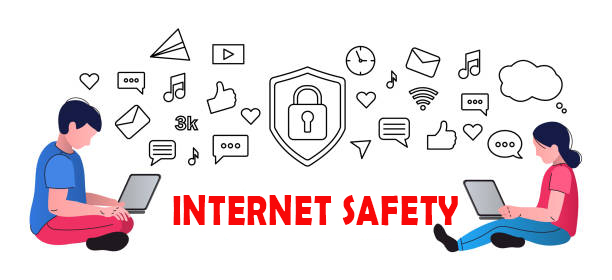Child Internet Safety

Kenya has one of the highest internet penetration rates in Africa, and by large across the world. If you are reading this article, you are one in the statistics that internet has gained popularity in the country. It is estimated that 89% of Kenya’s population has access to the internet either through mobile network, fiber optic, or satellite. The internet is a massive library of WebPages, images, and videos spanning to billions; covering almost anything you can think of. A couple of decades ago, internet was accessible to only a few people and organizations. As such, a significant number of adults have not interacted with online content as much as their children. This fact adds to the ongoing crisis on whether children should be allowed to use the internet and under whose supervision. The Communication Authority of Kenya (CAK),the government’s telecommunication and media regulations organization, identified the main content visited by children included commercial and fan sites, entertainment sites, communication or chat sites, picture and visually appealing sites, and games and interactive sites.
Access to the internet opens doors to information that our children could not otherwise access in the analogue world. The internet provides access to educational content, including study notes and curriculum content. Further, a child has access to information such as the environment, wildlife, society and more. There are also hundreds of thousands of entertainment videos for the children, including cartoons. All these content will help a child grow being aware of his or her environment and the society. However, the internet is also home to other types of content including movies and TV shows, betting and casino, music, games, adult content, and more. In other words, whereas the internet can open a world of possibilities for our children, without proper supervision and control, it can expose the young ones to dangers. In addition to websites, social media has fast gained traction among teenagers and young adults. The social media platforms including Facebook, Twitter, Instagram, Snapchat, and TikTok provides an environment where children interact with other people, not only those known to them, but also strangers.
Dangers of the Internet for Children
There are a wide of range of dangers that children face online, according to Kaspersky, a cyber security company based in Russia. The top online threats for children are:
Children Internet Safety Tips
Whereas there are harmful sites online, others contain legitimate content. How would you protect yourself and your children from the harmful websites? The following are internet safety tips for your child;
- Only let the child use the internet-enabled devices among other people. This can be achieved by simply putting the child’s computer in a common area
- Go through your child’s browser history to see what websites have been visited and what materials have been downloaded
- Make an effort to know your child’s passwords to keep an eye on their interactions online and what materials they have stored on their devices



